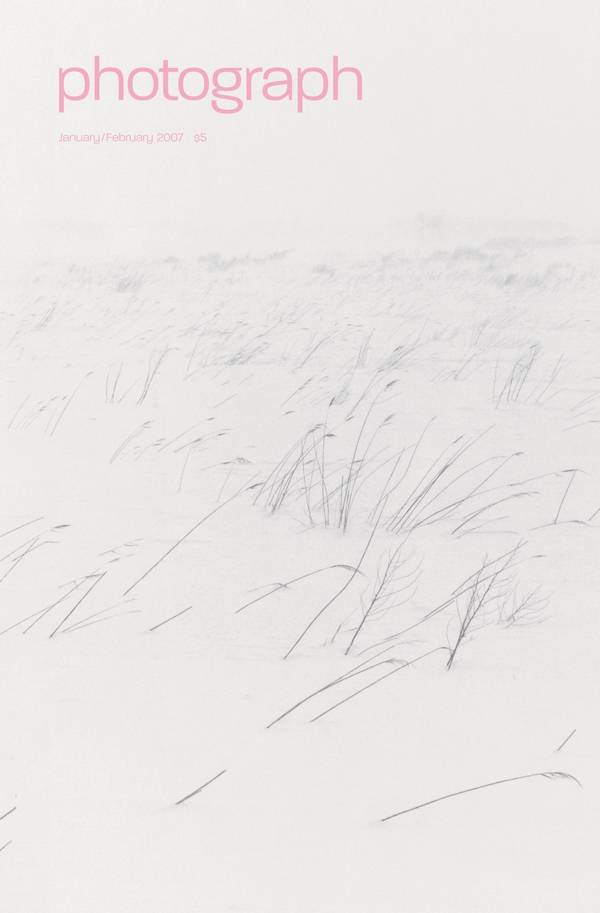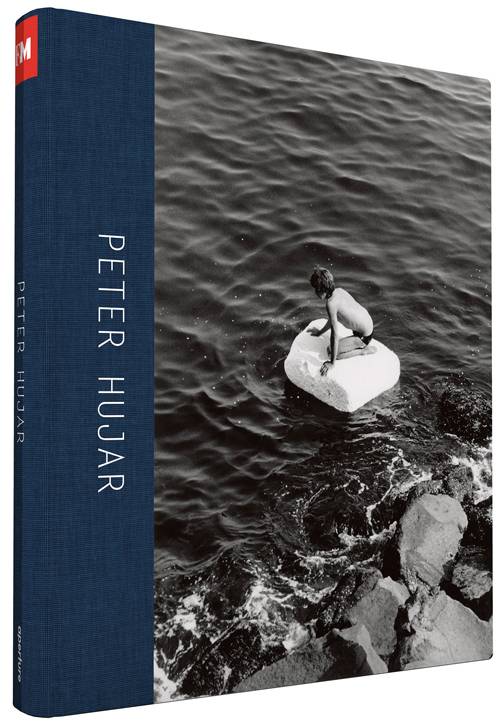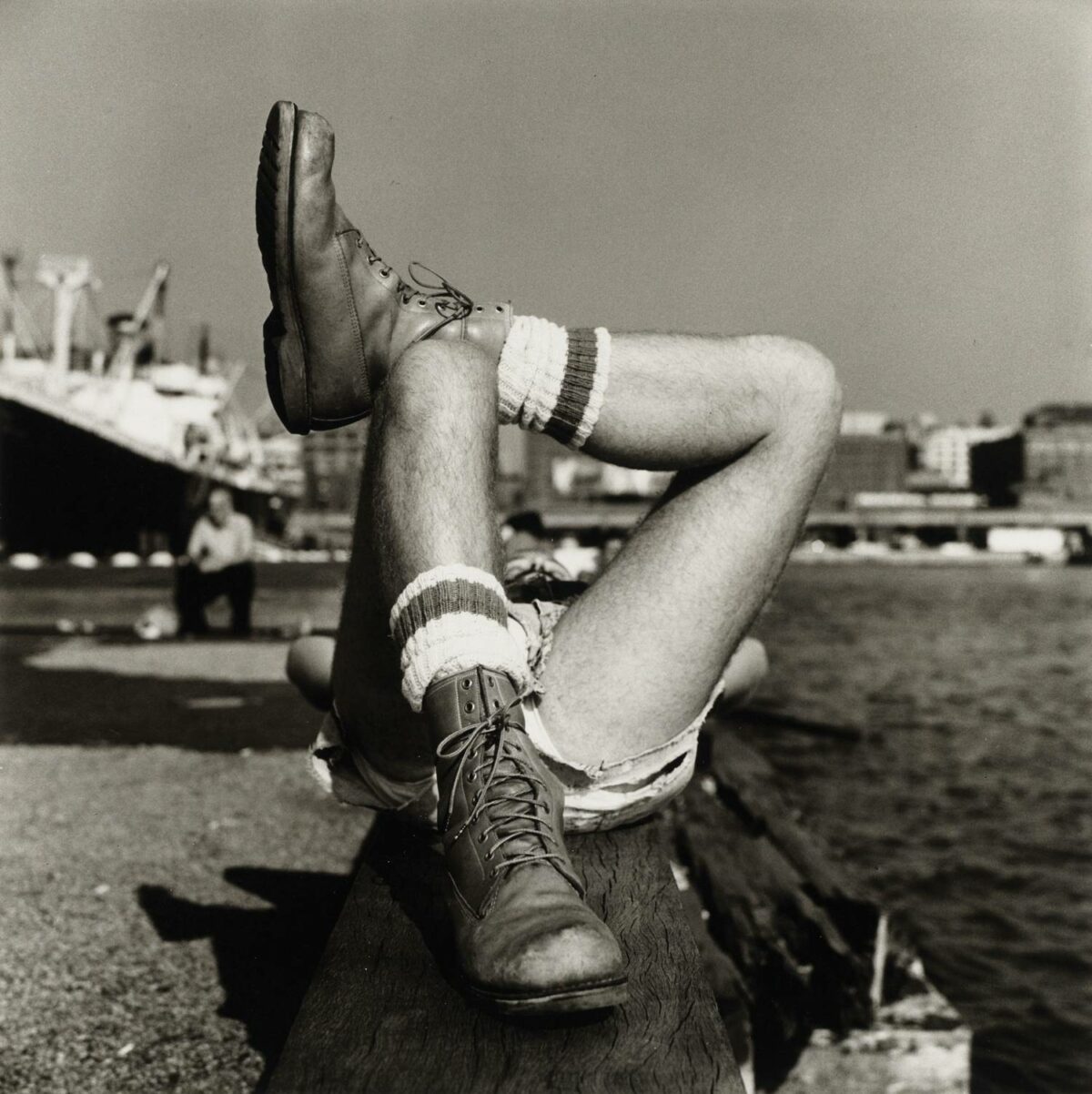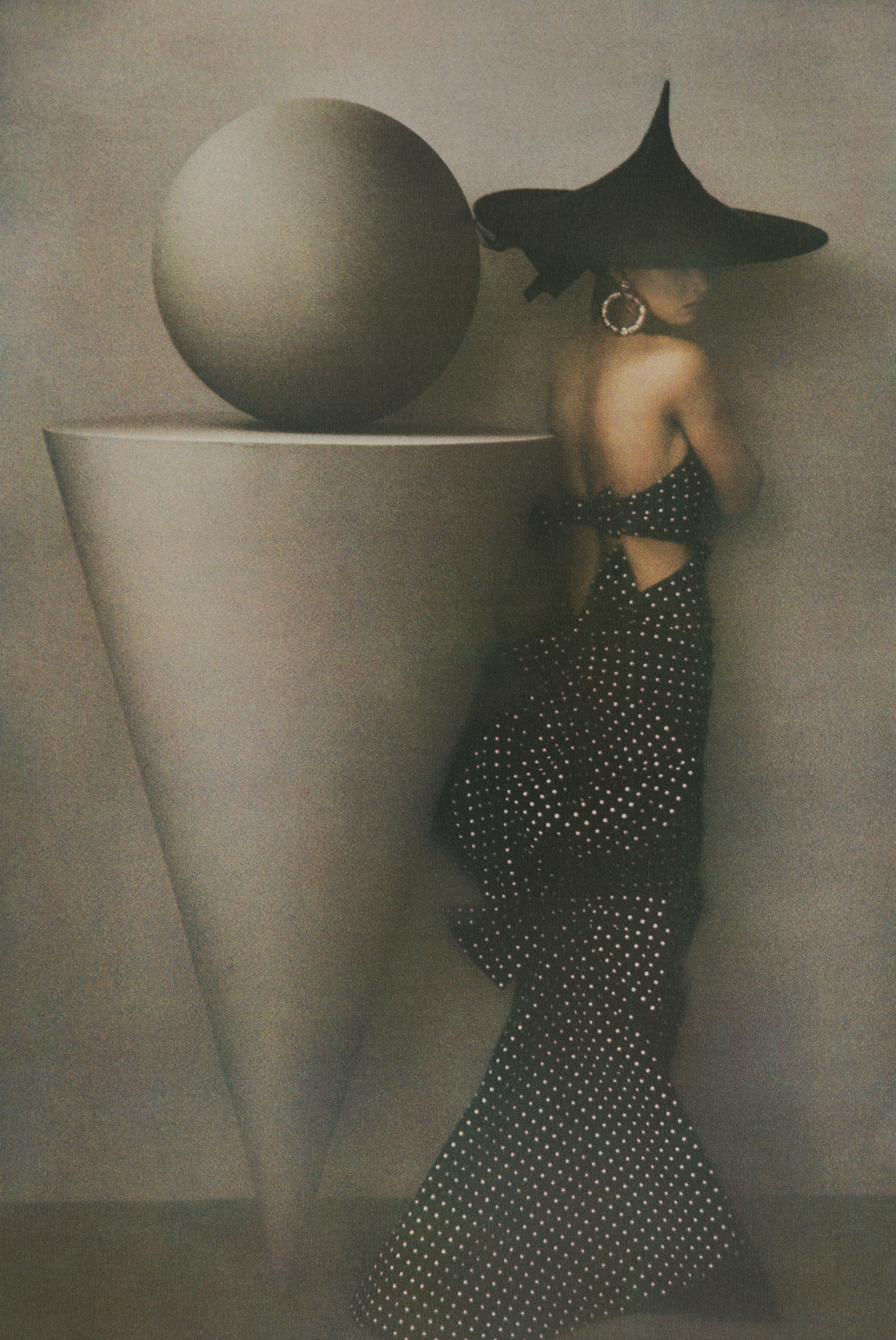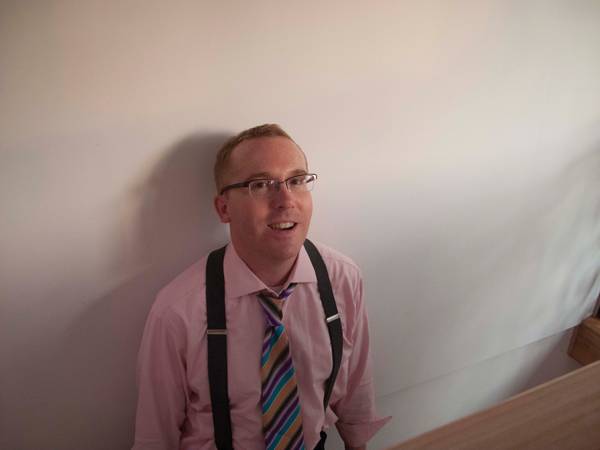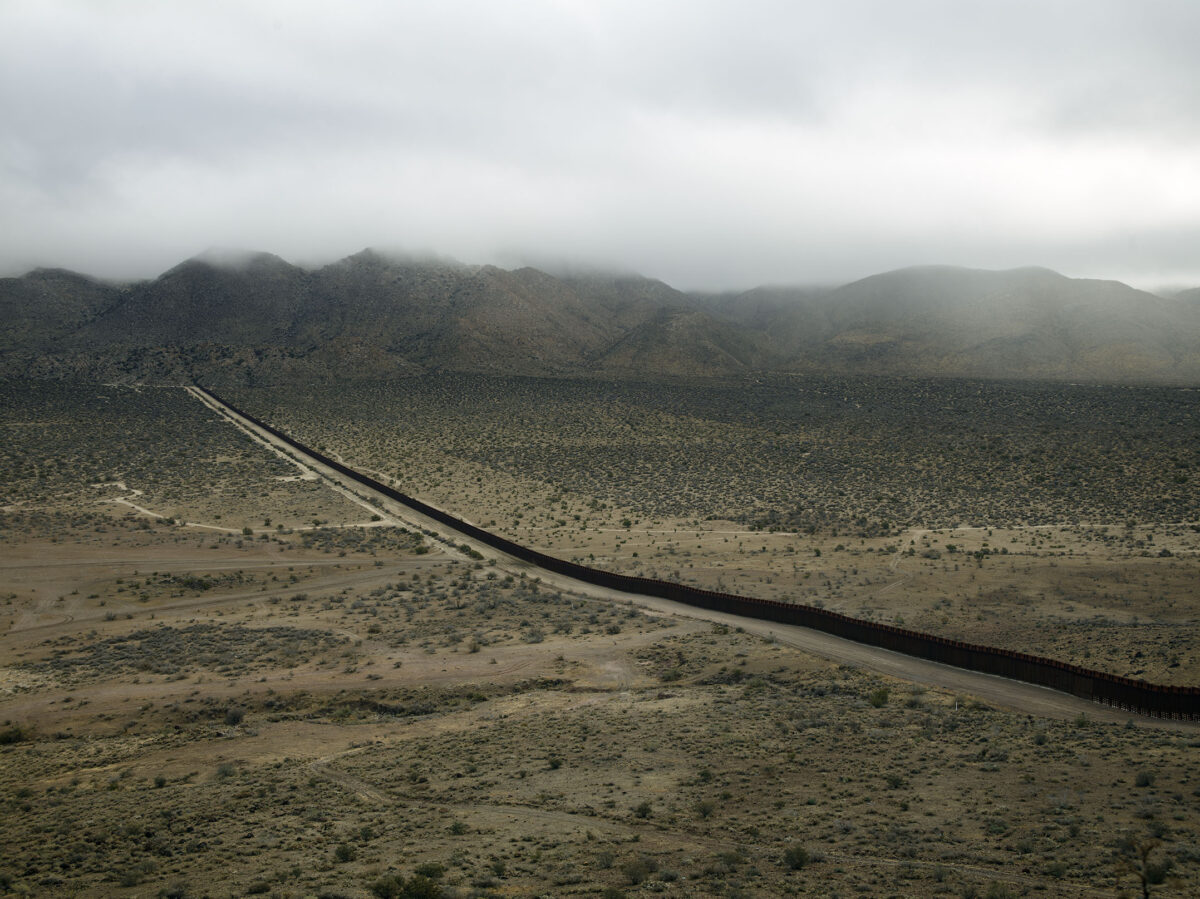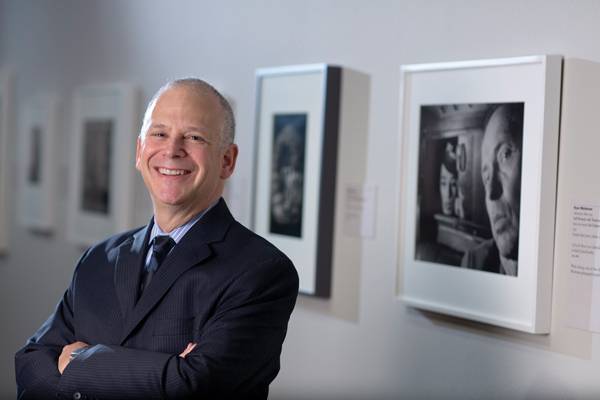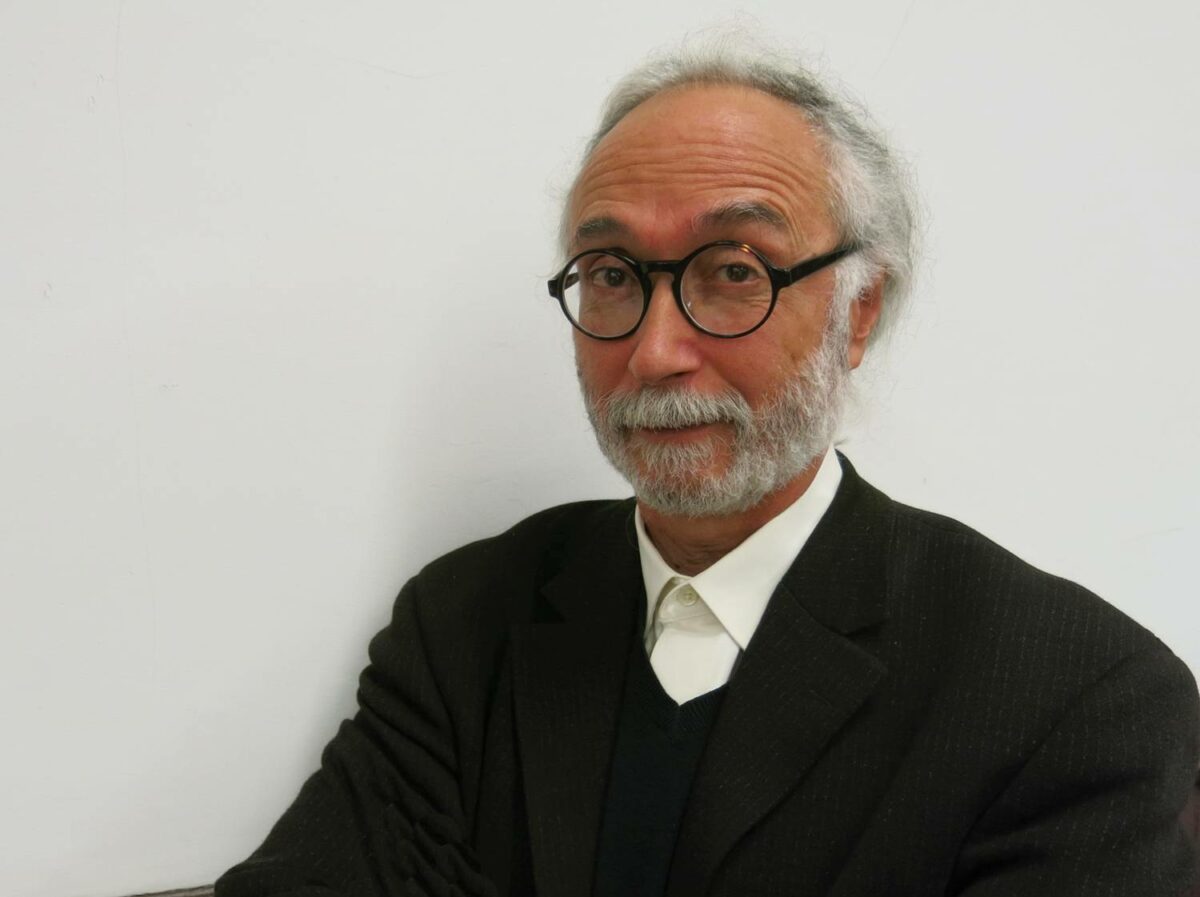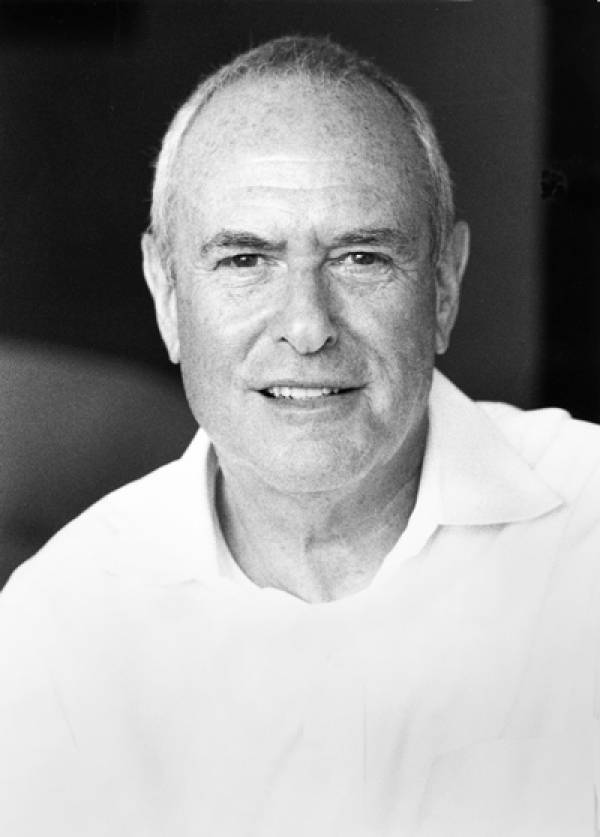

@Anthony Friedkin, 2103
Supposing MGM called and said they’d like to make a film about you. Who do you think should play the part? British-born, LA-based photo dealerPeter Fetterman, once in the film business himself, wouldn’t hesitate. He wouldn’t want a Hollywood vanity project, but more a piece of social realism, and he’d be content with an unknown, aspiring actor playing him (assuming Michael Caine was busy).
After abandoning a career producing films, the charming and affable dealer never looked back. Today he finds, in still images, the sorts of things great films can do: transport us to another world and show us what it means to be human. The stable at his Santa Monica gallery reads like a who’s who of 20th-century masters who do just that: Cartier-Bresson, André Kertész, Sebastiäo Salgado, and Steve McCurry among them. “Photography makes me feel connected,” says Fetterman. “I want to learn from other people. I’m a terrible voyeur.”
Fetterman was born “poor and without prospects” in a tenement in London’s East End, the son of a housewife mother and failed dressmaker-turned-bookie father. When he wasn’t escaping his surroundings in the local cinemas, he was listening closely to the radio in order to copy the “posh” accents of announcers on the BBC. The first to attend college in his family, Fetterman majored in economics at the forward-thinking University of Sussex, but his real interest was in the film society, which he ran.
After graduation, Fetterman went into book marketing, but he met a scriptwriter and they produced the 1972 film Neither the Sea Nor the Sand. After that came a surrealist ghost story called The Haunting of Julia starring Mia Farrow, in 1977. London was swinging in the 1970s, but raising money wasn’t easy, so Fetterman packed all of his belongings into a single suitcase and went to Hollywood with the intention of staying two weeks. He never really left. Soon after arriving, he picked up a photo by Max Yavno for $400 at a dinner party where photographs were for sale. “I knew nothing about the market and I was up all night thinking ‘why did I do this stupid thing when I have only $3,000 to my name? I should really buy a better car.’” His second purchase was Heinrich Kühn’s Miss Mary, the governess for Kühn’s children. It was official: still photography had captured his heart, and in 1990 he took the plunge into private dealing. He worked out of his tiny apartment — and even his car. “I got people to host me on a Sunday afternoon like the Tupperware lady,” he says.
One day he got a call from a man developing space in the then-newly renovated Bergamot Station arts complex in Santa Monica. Fetterman spent the next 17 years in that first 1,200-square-foot space. In 2011 he expanded to his current 3,600-square-foot space, all the better to show the works of contemporary photographers like Pentti Sammallahti, a contemporary classic in Fetterman’s opinion. “I have an antipathy for the snooty and coldly conceptual. A great image is a great image is a great image. For me, the best thing about photographers is that they are sensitive and open. They are always going to be curious about other people.”

